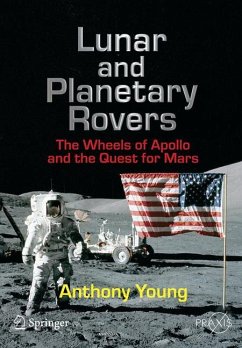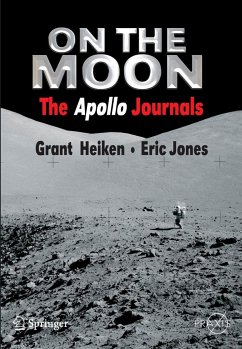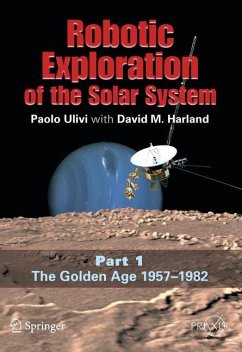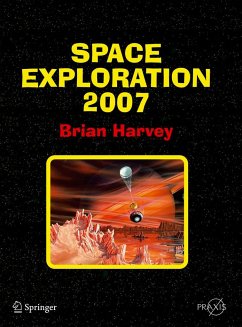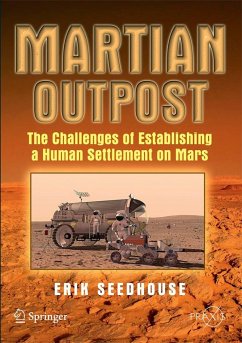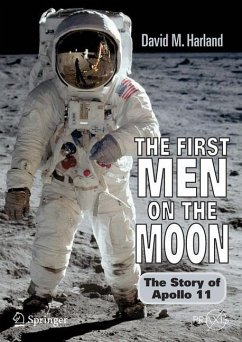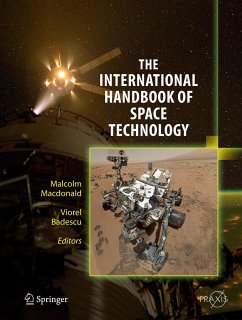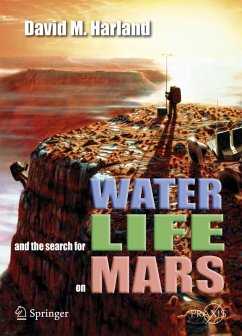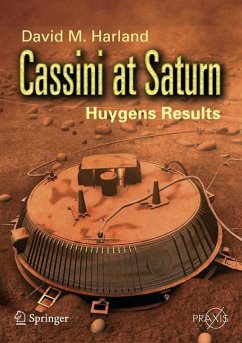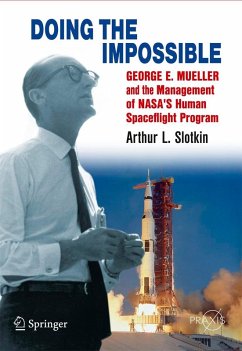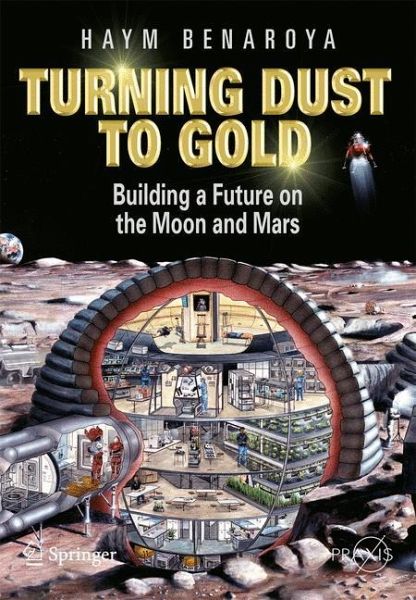
Turning Dust to Gold
Building a Future on the Moon and Mars

PAYBACK Punkte
21 °P sammeln!
The expansion of our civilization to the Moon and beyond is now within our reach, technically, intellectually and financially. Apollo was not our last foray into the Solar System and already science fiction is finding it difficult to keep ahead of science and engineering fact. In 1807, few people anticipated the Wright Brothers' human flight a hundred years later. In 1869, only science fiction writers would have suggested landing people on the Moon in 1969. Similarly, other great inventions in mechanics and in electronics were not envisaged and therefore the technologies to which those inventi...
The expansion of our civilization to the Moon and beyond is now within our reach, technically, intellectually and financially. Apollo was not our last foray into the Solar System and already science fiction is finding it difficult to keep ahead of science and engineering fact. In 1807, few people anticipated the Wright Brothers' human flight a hundred years later. In 1869, only science fiction writers would have suggested landing people on the Moon in 1969. Similarly, other great inventions in mechanics and in electronics were not envisaged and therefore the technologies to which those inventions gave birth were only foreseen by a tiny group of visionaries.



